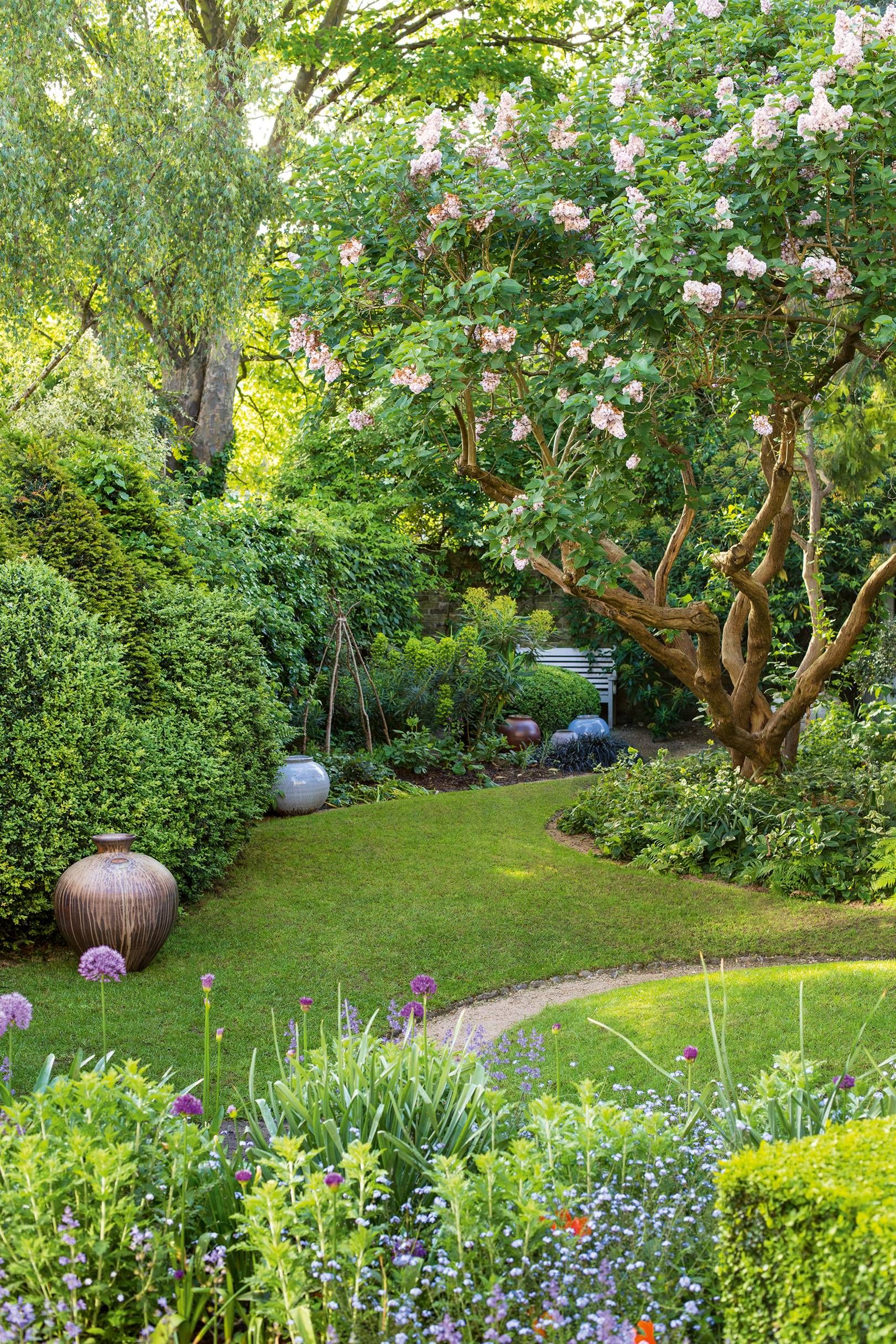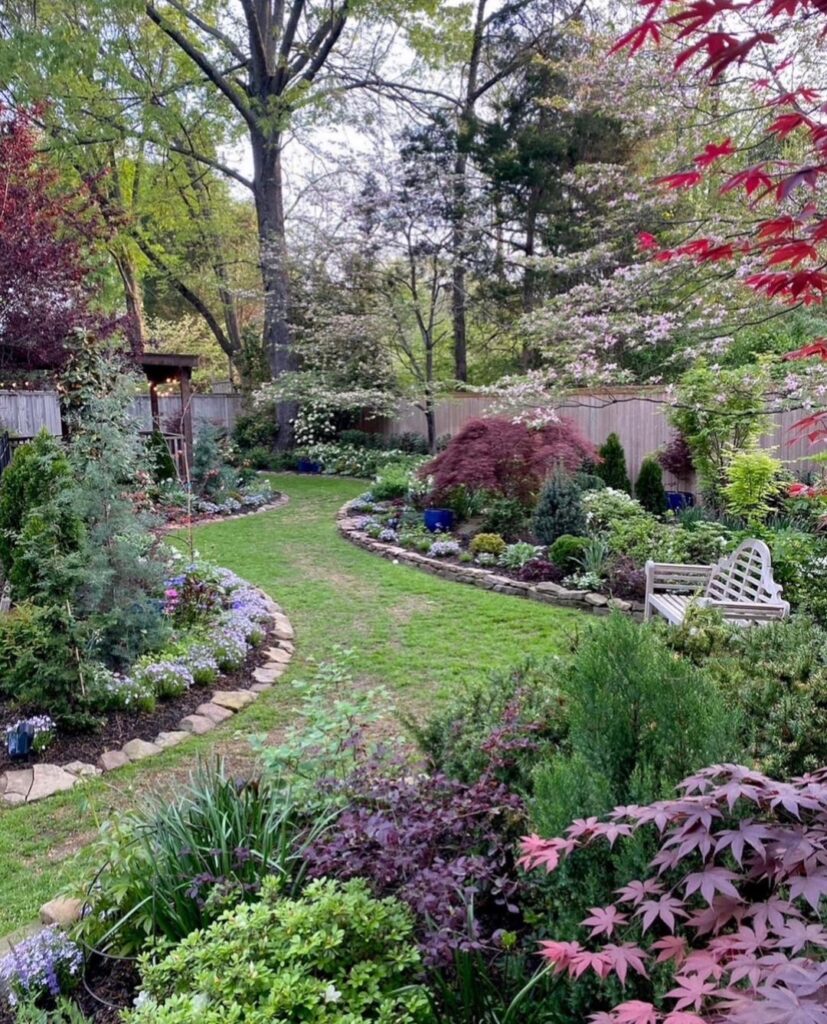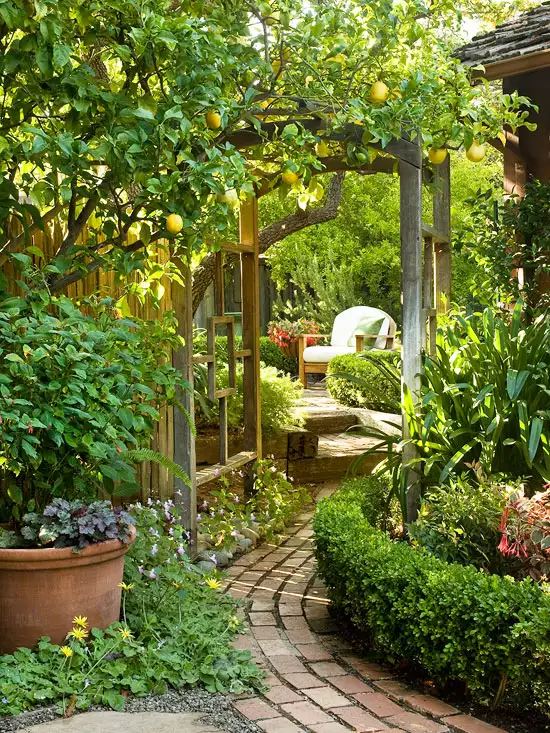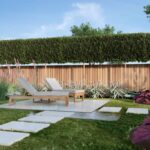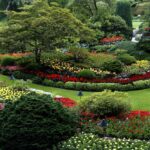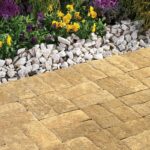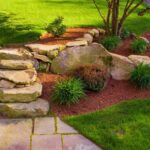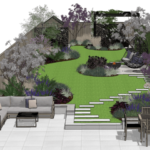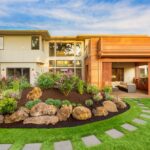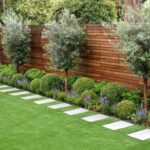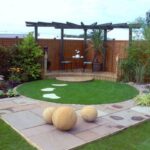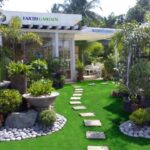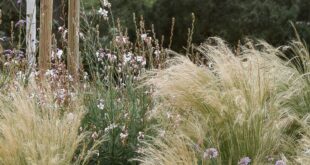Garden landscapes are a beautiful way to enhance the exterior of a home or property. By carefully planning and designing the layout of plants, flowers, and hardscaping elements, a garden can become a peaceful oasis for relaxation and enjoyment. There are many factors to consider when creating a garden landscape, such as the size of the space, the climate, the amount of sunlight, and the personal preferences of the homeowner.
One important element of a garden landscape is the choice of plants and flowers. It is crucial to select plants that are well-suited to the climate and soil conditions of the area. Additionally, the color, texture, and height of the plants should be considered to create a visually appealing design. Mixing different types of plants, such as flowering shrubs, perennial flowers, and ornamental grasses, can add depth and interest to the garden landscape.
In addition to plants, hardscaping elements such as pathways, patios, and structures can enhance the overall design of a garden landscape. Carefully planning the placement and materials of these elements can create a sense of flow and cohesion in the space. For example, a winding stone pathway lined with colorful flowers can add a whimsical touch to a garden, while a wooden pergola covered in climbing vines can provide a shady spot for relaxation.
Water features are another popular addition to garden landscapes. Ponds, fountains, and waterfalls can add a sense of tranquility and create a focal point in the garden. The sound of running water can mask unwanted noise and create a soothing atmosphere for outdoor gatherings and relaxation. It is important to consider the size and placement of the water feature to ensure it complements the overall design of the garden landscape.
Maintenance is a crucial aspect of garden landscapes. Regular watering, pruning, weeding, and fertilizing are necessary to keep the plants healthy and the garden looking its best. It is important to consider the time and effort required to maintain a garden landscape when designing the layout and selecting plants. Choosing low-maintenance plants and incorporating automated irrigation systems can help reduce the amount of upkeep needed.
Overall, a well-designed garden landscape can enhance the beauty and value of a property. By carefully planning the layout, selecting appropriate plants and hardscaping elements, and considering maintenance needs, homeowners can create a garden that reflects their personal style and provides a peaceful retreat to enjoy nature. Whether creating a small urban garden or a sprawling country estate, a well-designed garden landscape can bring joy and relaxation to homeowners and visitors alike.
